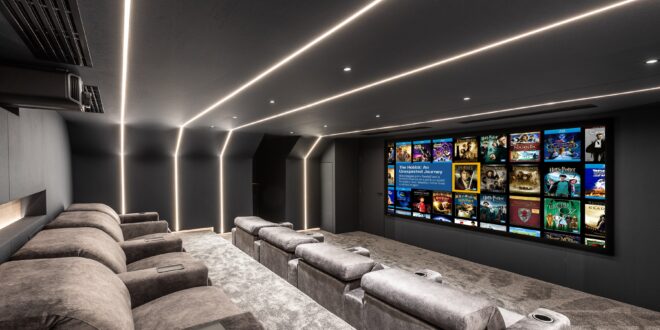Transforming Your Living Room into a Cinematic Oasis
Imagine sinking into your favorite armchair, the lights dimming, and the immersive sound washing over you as the latest blockbuster flick explodes onto the screen. This isn’t just a dream; it’s the reality of a well-crafted home theater living room setup. Turning your living space into a personal cinema is an achievable goal, but it requires careful planning, a dash of creativity, and a good understanding of the components involved. This comprehensive guide will walk you through every step, from initial considerations to the final touches, ensuring your home theater becomes the envy of all your movie buffs.

Phase 1: Planning and Pre-Considerations
Before you even think about buying a single piece of equipment, you need to lay the groundwork. This planning phase is crucial because it dictates the success (or failure) of your home theater project. Rushing into purchases without a clear plan is a recipe for disappointment.
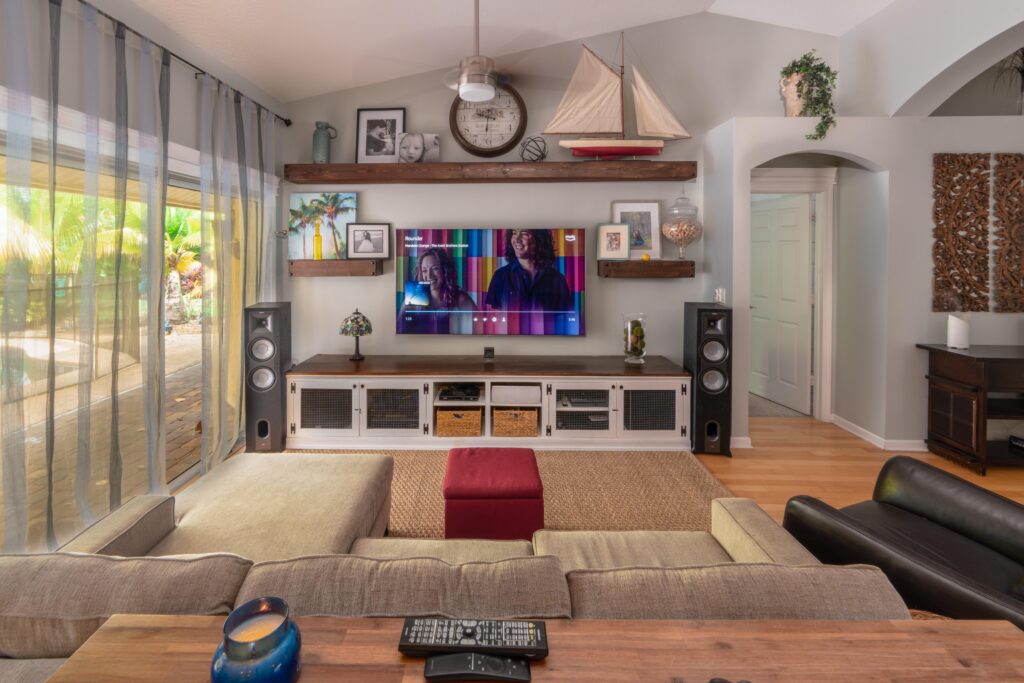
Assessing Your Living Room’s Potential
Not all living rooms are created equal. Some are naturally suited to home theaters, while others require more creative solutions. Consider these factors:
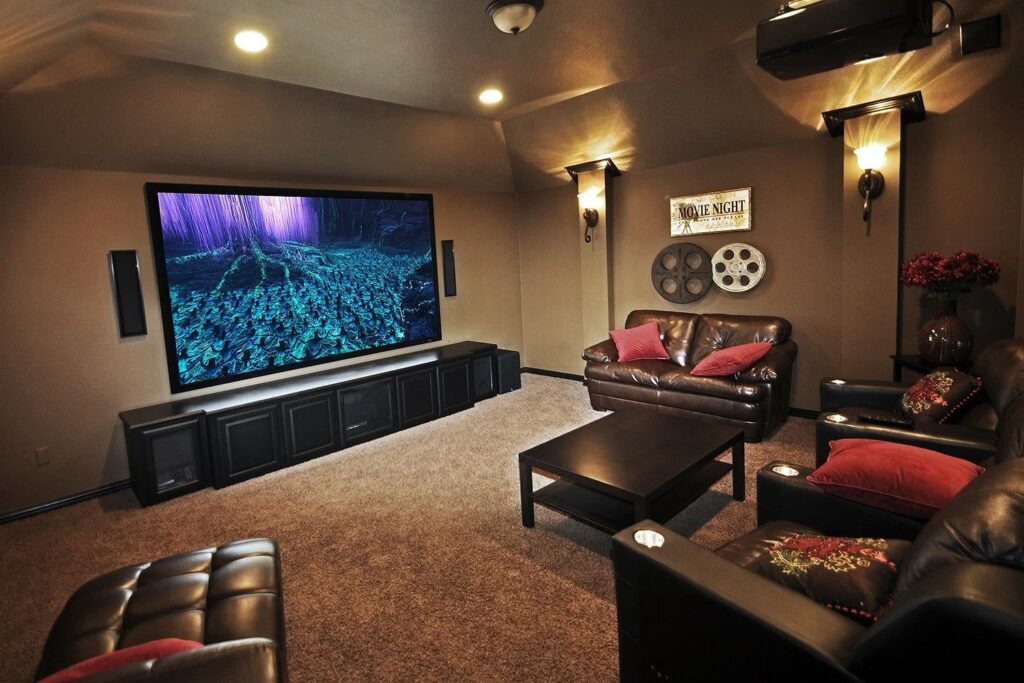
- Room Size and Shape: A larger room provides more flexibility in terms of screen size and speaker placement. Rectangular rooms generally work better than square rooms due to sound wave propagation.
- Ambient Light: The bane of any home theater setup. Excessive ambient light washes out the picture and reduces contrast. Windows need to be treated with blackout curtains or shades. Think about how much light comes into the room at different times of the day.
- Acoustics: Hard surfaces like walls and floors reflect sound, creating echoes and muddying the audio. Soft surfaces like carpets, rugs, and acoustic panels absorb sound, improving clarity.
- Wiring: Where are your electrical outlets? Where will you run speaker wires? Consider the feasibility of running cables through walls or ceilings for a cleaner look. Planning the wiring infrastructure early prevents unsightly cable clutter later.
- Seating Arrangement: How many people will typically be watching movies? Will you use a sofa, individual armchairs, or a combination? The seating arrangement affects speaker placement and screen viewing angles.
Setting a Budget
Home theater systems can range from budget-friendly to incredibly expensive. Setting a realistic budget is essential to avoid overspending and making compromises later. Consider the following components and allocate funds accordingly:
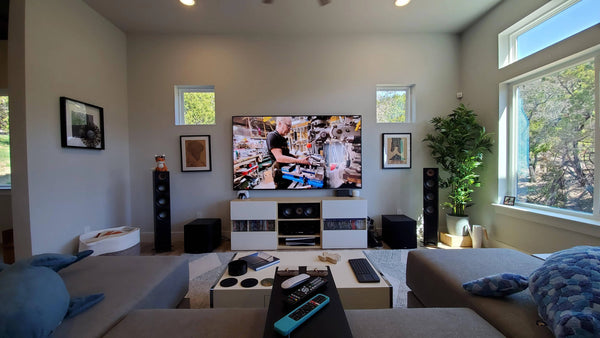
- Display (TV or Projector): This is arguably the most important component. Allocate a significant portion of your budget to the display.
- Audio System (Receiver, Speakers, Subwoofer): Sound quality is just as important as picture quality. Invest in a decent audio system that provides immersive sound.
- Source Devices (Blu-ray Player, Streaming Device, Gaming Console): Choose source devices that support the latest audio and video formats.
- Cables and Connectors: Don’t skimp on cables! High-quality cables ensure optimal signal transmission.
- Seating: Comfortable seating is essential for long movie nights.
- Room Treatment (Acoustic Panels, Curtains): These can significantly improve the audio and visual experience.
- Accessories (Remote Control, Universal Remote, Surge Protector): Don’t forget the small details that make your system more convenient and reliable.
Defining Your Home Theater Goals
What are you hoping to achieve with your home theater? Are you primarily interested in watching movies, gaming, or streaming TV shows? Your goals will influence your equipment choices. For example, if you’re a serious gamer, you’ll want a display with a low input lag and a high refresh rate.
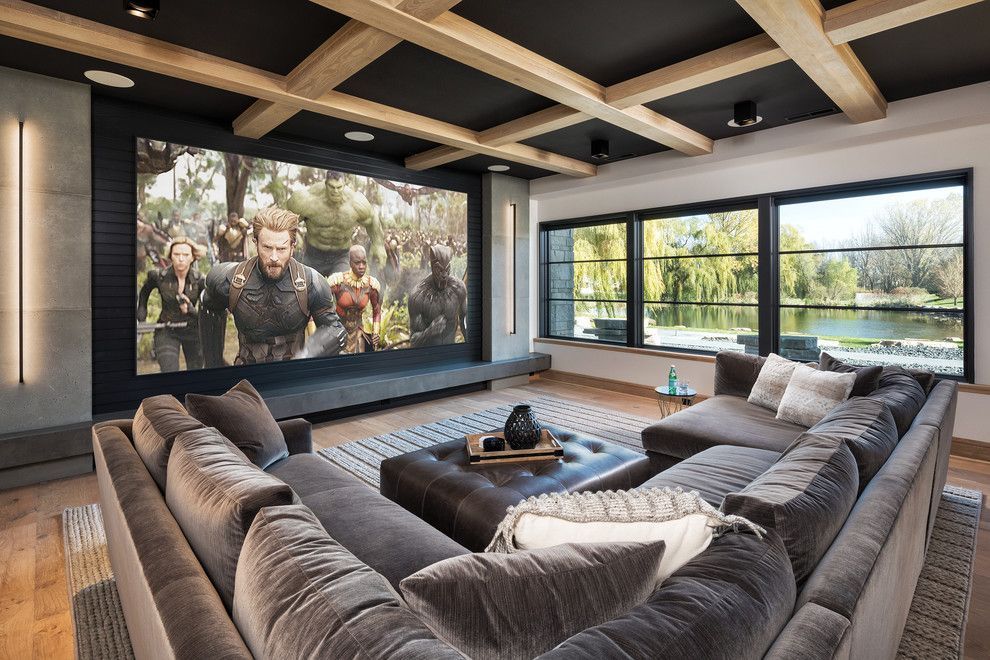
Phase 2: Choosing the Right Equipment
With your plan in place, it’s time to start selecting the components that will bring your home theater to life. This can be a daunting task, as there are countless options available at various price points. Let’s break down the key components one by one.
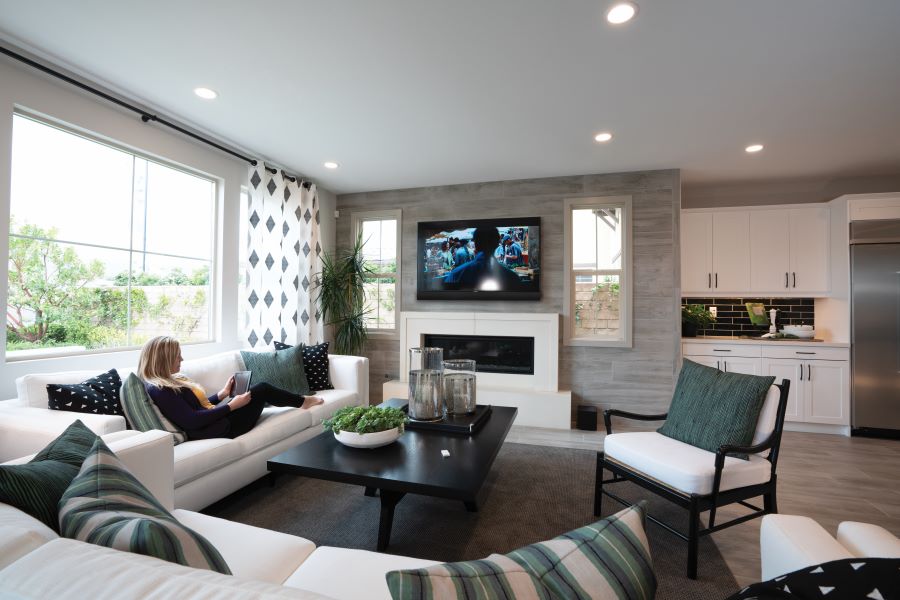
The Display: TV vs. Projector
The choice between a TV and a projector is a fundamental one. Each option has its advantages and disadvantages.
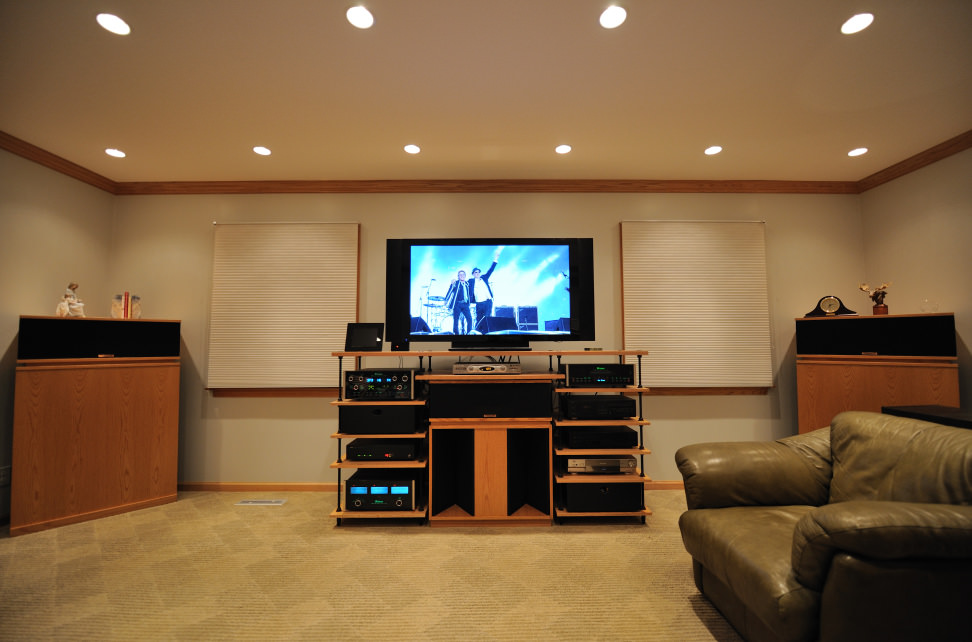
Televisions
Pros:
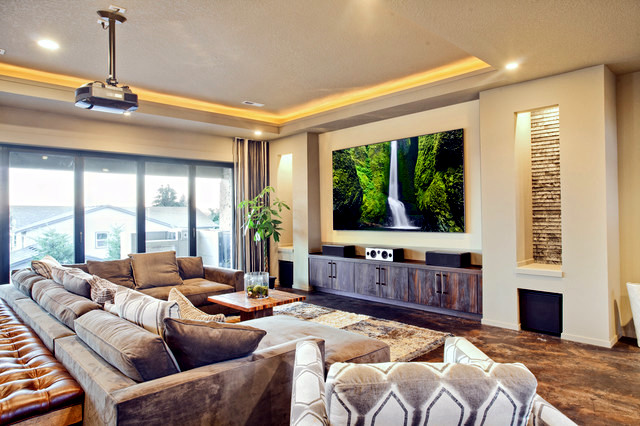
- Brightness: TVs are generally much brighter than projectors, making them suitable for rooms with some ambient light.
- Sharpness: TVs offer excellent sharpness and detail, especially 4K and 8K models.
- Ease of Use: TVs are easy to set up and use, with built-in smart features and simple remote controls.
- No Dark Room Required: While a dark room is still ideal, TVs perform well in rooms with moderate ambient light.
Cons:
- Size Limitations: TVs are limited in size. While large TVs are available, they can be very expensive.
- Less Immersive: Even large TVs don’t offer the same immersive experience as a projector.
Projectors
Pros:

- Large Screen Size: Projectors can create massive images, offering a truly cinematic experience.
- Immersive Experience: Projectors fill your field of vision, creating a more immersive experience than TVs.
- Value for Money: For a given screen size, projectors are often more affordable than TVs.
Cons:
- Requires Dark Room: Projectors require a dark room to produce a bright and vibrant image.
- Lower Brightness: Projectors are generally less bright than TVs, making them less suitable for rooms with ambient light.
- Setup Complexity: Projectors can be more complex to set up than TVs, requiring careful placement and calibration.
- Bulb Replacement: Projector bulbs need to be replaced periodically, which can be costly.
Considerations When Choosing a TV:
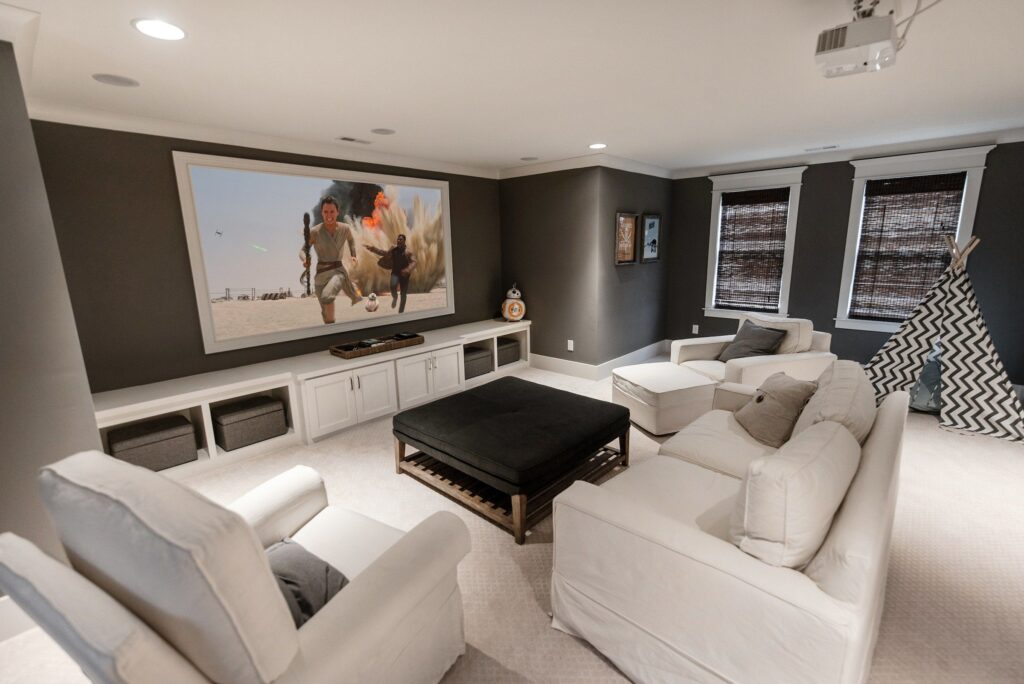
- Screen Size: Choose a screen size that is appropriate for your viewing distance. A general rule of thumb is to divide your viewing distance (in inches) by 1.5 to get the ideal screen size.
- Resolution: 4K resolution is the current standard for home theaters. Look for TVs with high dynamic range (HDR) support for enhanced contrast and color.
- Panel Type: OLED TVs offer the best picture quality, with perfect blacks and infinite contrast. LED TVs are more affordable and offer good brightness, but their black levels are not as deep.
- Refresh Rate: A higher refresh rate (120Hz) is beneficial for fast-paced action movies and gaming.
Considerations When Choosing a Projector:
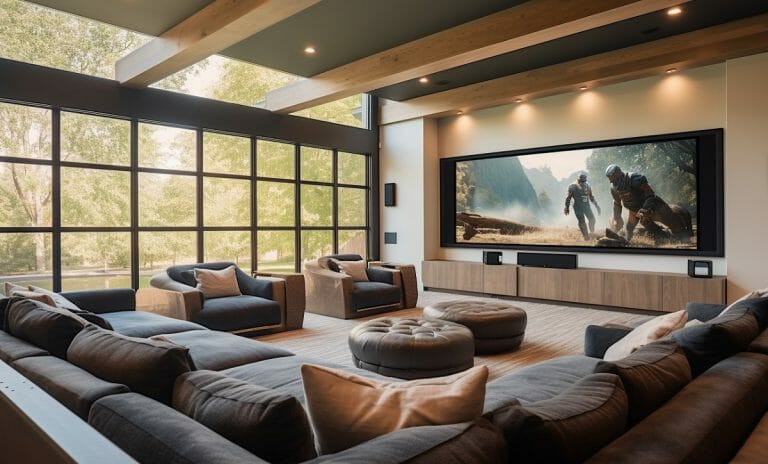
- Brightness (Lumens): Choose a projector with enough lumens for your room size and ambient light conditions. A projector with 2000-3000 lumens is generally sufficient for a dark room.
- Resolution: 4K projectors offer the best image quality, but 1080p projectors can be a good option for budget-conscious buyers.
- Contrast Ratio: A higher contrast ratio results in a more dynamic and detailed image.
- Throw Ratio: The throw ratio determines the distance required to project a specific screen size. Choose a projector with a throw ratio that is compatible with your room.
- Lamp Life: Consider the lamp life of the projector. Longer lamp life reduces the need for frequent bulb replacements.
Audio System: Immersive Sound is Key
The audio system is just as important as the display. A good audio system can transport you into the heart of the action, making you feel like you’re right there in the movie.
Receiver (AV Receiver)
The receiver is the heart of your audio system. It receives audio and video signals from your source devices, processes them, and sends them to your speakers and display. Key features to look for in a receiver include:
- Number of Channels: The number of channels determines the number of speakers you can connect to the receiver. A 5.1 or 7.1 channel receiver is a good starting point for a home theater. More advanced setups may require a 9.2 or 11.2 channel receiver.
- Power Output: The power output of the receiver determines how loud your speakers can play without distortion. Choose a receiver with enough power to drive your speakers.
- Audio Format Support: Look for a receiver that supports the latest audio formats, such as Dolby Atmos and DTS:X. These formats provide a more immersive and realistic sound experience.
- HDMI Inputs and Outputs: Make sure the receiver has enough HDMI inputs to connect all your source devices. HDMI 2.1 is the latest standard and supports 8K resolution and high refresh rates.
- Connectivity: Consider the receiver’s connectivity options, such as Bluetooth, Wi-Fi, and streaming services.
Speakers
The speakers are responsible for producing the sound in your home theater. There are several types of speakers, each with a specific purpose:
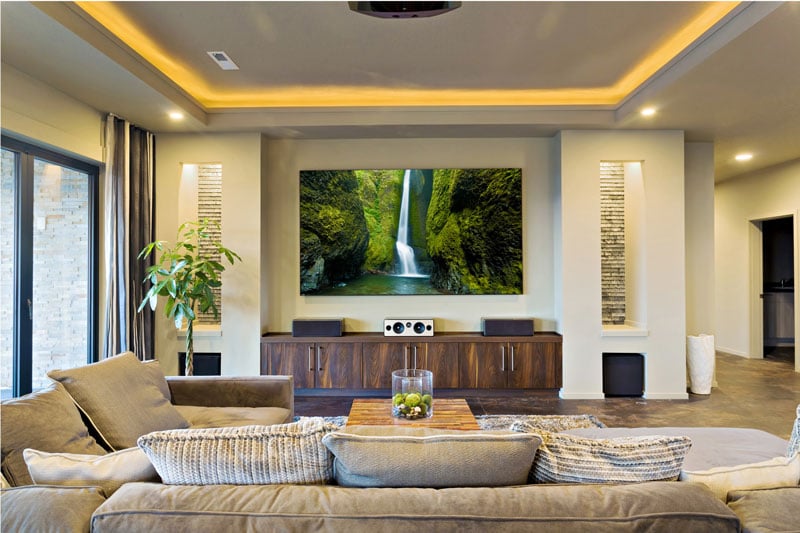
- Front Speakers (Left, Center, Right): These speakers are placed in front of the viewing area and are responsible for the majority of the dialogue and sound effects. The center speaker is particularly important for clear dialogue.
- Surround Speakers (Left, Right): These speakers are placed to the sides or behind the viewing area and are responsible for creating a sense of immersion.
- Height Speakers (Dolby Atmos): These speakers are placed above the viewing area and are responsible for creating a sense of height and dimension.
- Subwoofer: The subwoofer is responsible for reproducing low-frequency sounds, such as bass and explosions. A good subwoofer can add a lot of impact to your home theater experience.
Speaker Configuration:
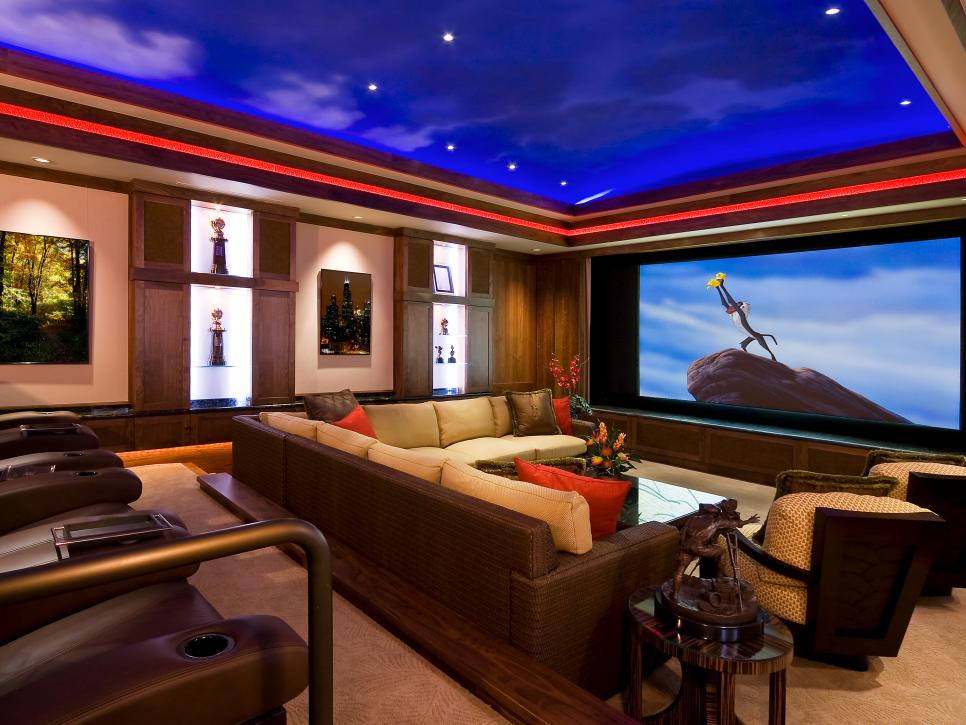
- 5.1 System: Consists of five speakers (left, center, right, left surround, right surround) and a subwoofer.
- 7.1 System: Consists of seven speakers (left, center, right, left surround, right surround, left back, right back) and a subwoofer.
- Dolby Atmos: Adds height speakers to a traditional surround sound system, creating a more immersive and three-dimensional sound experience.
Subwoofer
The subwoofer is crucial for a truly immersive experience. Feel the rumble of explosions and the deep bass notes of your favorite music. Placement is key to getting the best sound. Experiment with different locations in your room to find the sweet spot where the bass is most balanced and impactful.
Source Devices
These devices provide the content for your home theater.
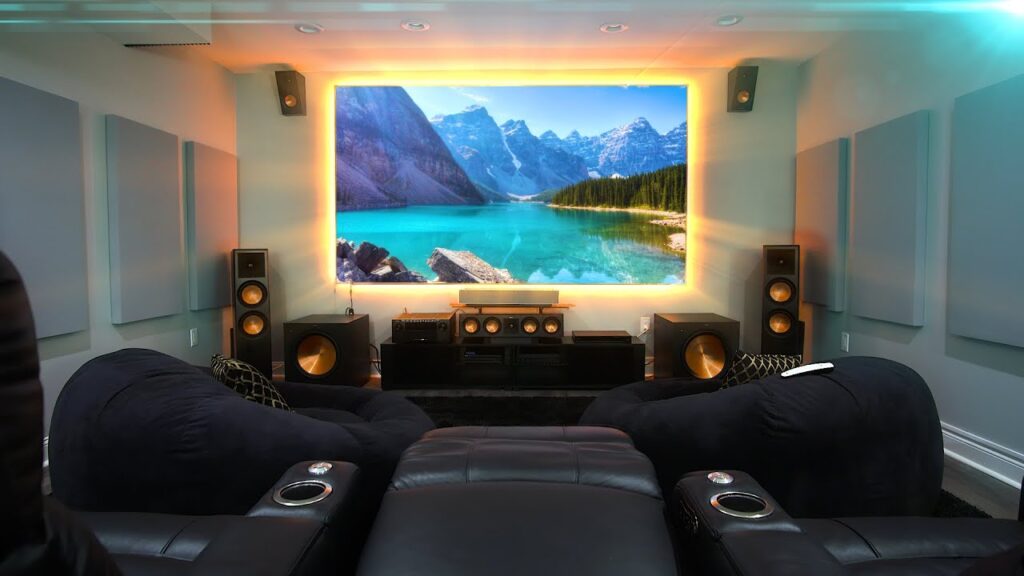
- Blu-ray Player: Plays Blu-ray discs and DVDs. Look for a player that supports 4K resolution and HDR.
- Streaming Device (Apple TV, Roku, Amazon Fire TV): Allows you to stream content from online services like Netflix, Hulu, and Amazon Prime Video.
- Gaming Console (PlayStation, Xbox): Provides access to games and streaming services.
- Cable/Satellite Box: Provides access to live TV channels.
Cables and Connectors
Don’t underestimate the importance of high-quality cables and connectors. They ensure optimal signal transmission and prevent signal loss. Use HDMI cables for connecting your source devices to your receiver and display. Use speaker wire to connect your receiver to your speakers.
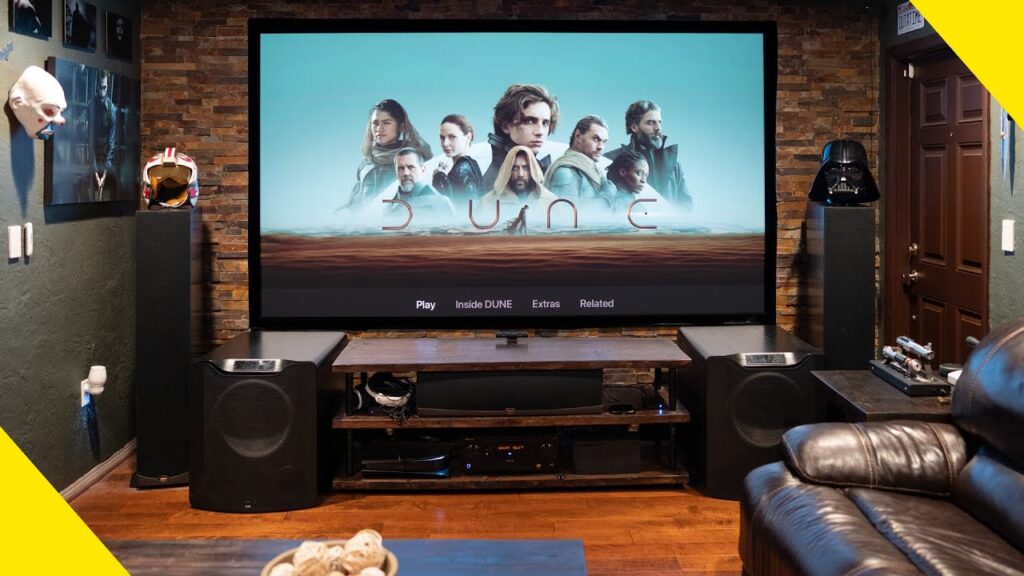
Phase 3: Setting Up Your Home Theater
Now that you have all the necessary equipment, it’s time to set up your home theater. This can be a time-consuming process, but it’s worth it to ensure that everything is working properly and that you’re getting the best possible performance.
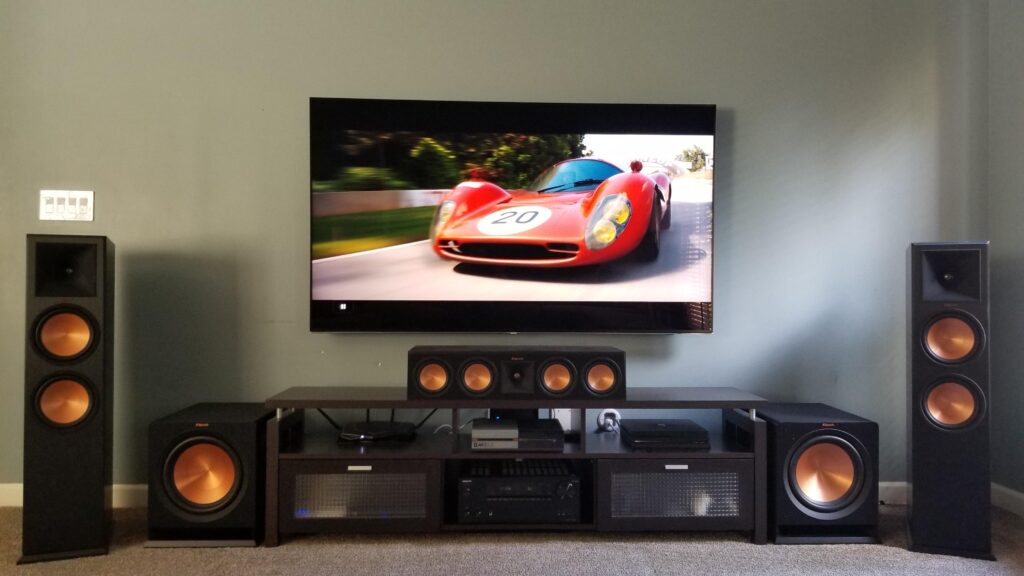
Speaker Placement
Proper speaker placement is crucial for achieving optimal sound quality. Follow these guidelines:
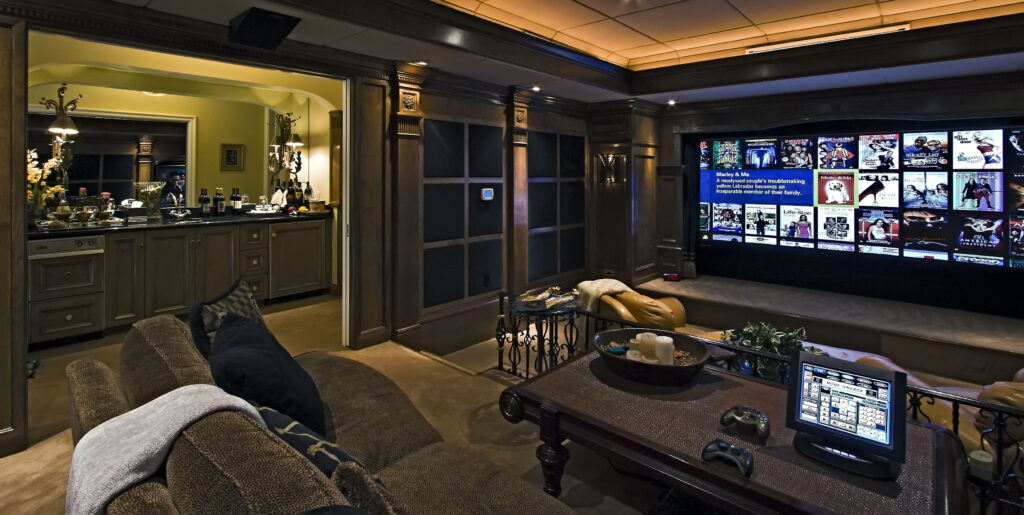
- Front Speakers: Place the front speakers at ear level, equidistant from the viewing area. The center speaker should be placed directly in front of the viewing area, either above or below the display.
- Surround Speakers: Place the surround speakers to the sides or behind the viewing area, slightly above ear level.
- Height Speakers: Place the height speakers above the viewing area, either on the ceiling or on the walls.
- Subwoofer: Experiment with different locations in the room to find the sweet spot where the bass is most balanced and impactful.
Connecting Your Equipment
Connect your source devices to your receiver using HDMI cables. Connect your receiver to your display using an HDMI cable. Connect your speakers to your receiver using speaker wire. Make sure all connections are secure and that you’re using the correct inputs and outputs.
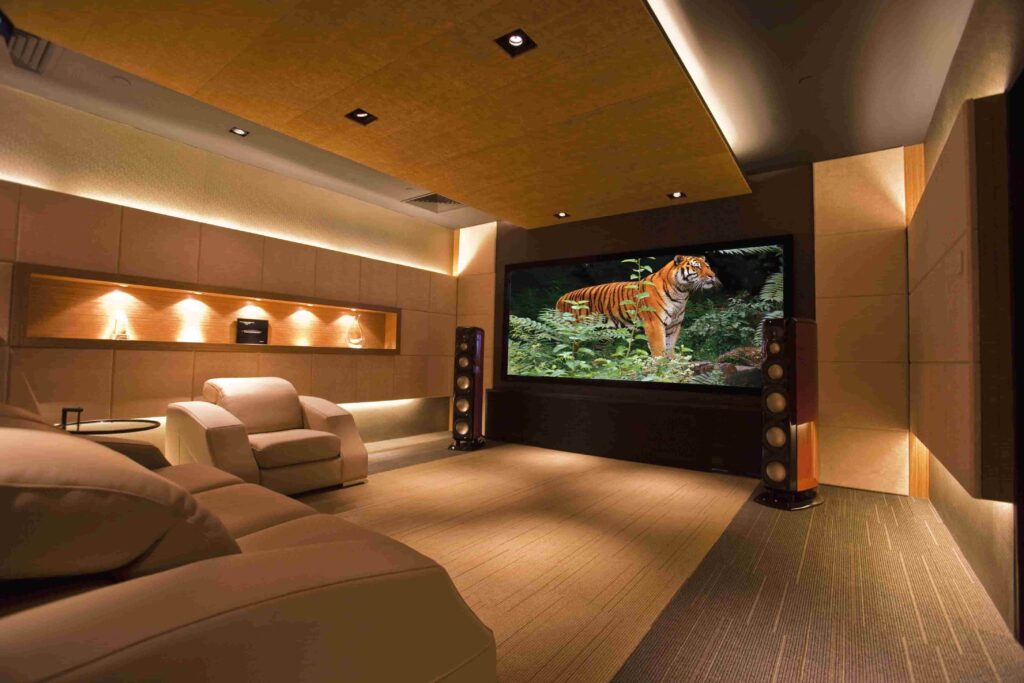
Calibrating Your System
Once everything is connected, you’ll need to calibrate your system to ensure that the audio and video are properly balanced. Most receivers have built-in calibration tools that use a microphone to measure the sound in your room and adjust the speaker levels accordingly. You can also use a calibration disc to manually adjust the settings. Consult your receiver and display manuals for specific calibration instructions.

Cable Management
Cable management is essential for a clean and organized home theater setup. Use cable ties, cable sleeves, and cable raceways to hide and organize your cables. This will not only improve the aesthetics of your room but also prevent tripping hazards.

Phase 4: Optimizing Your Viewing Experience
The setup is complete, but the journey isn’t over! Fine-tuning your environment can elevate your viewing experience to the next level.
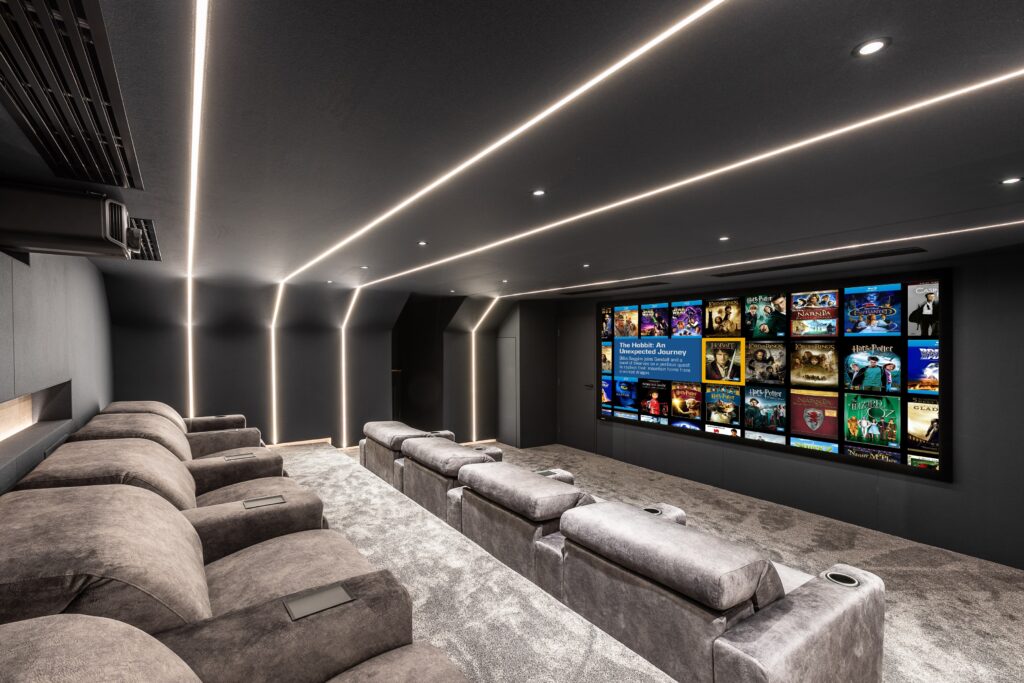
Lighting Control
As mentioned earlier, controlling ambient light is crucial for achieving optimal picture quality. Invest in blackout curtains or shades to block out external light. Consider using dimmable lights to create a more immersive atmosphere.
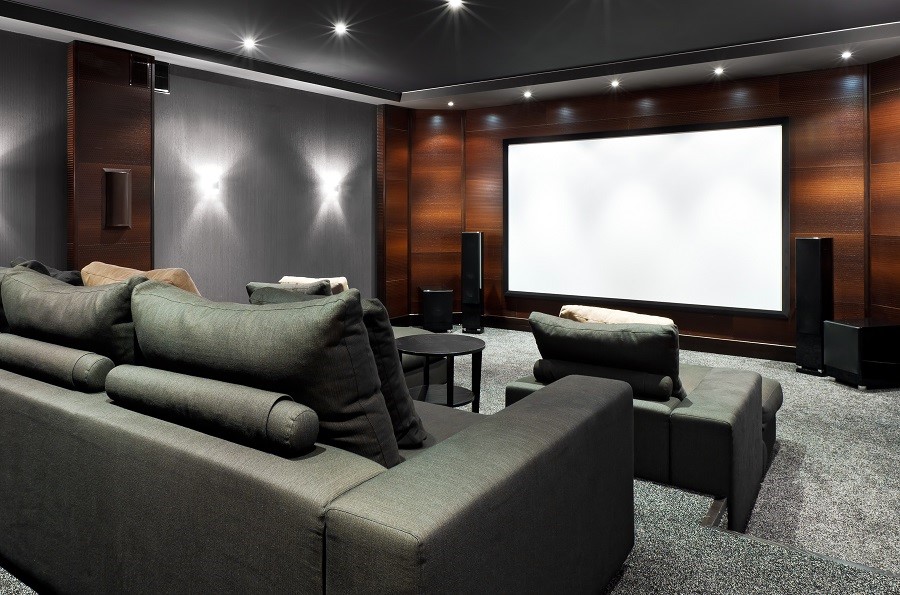
Acoustic Treatment
Acoustic treatment can significantly improve the sound quality in your home theater. Install acoustic panels on the walls to absorb sound and reduce echoes. Use rugs and carpets to dampen sound reflections. Consider using bass traps in the corners of the room to absorb low-frequency sounds.
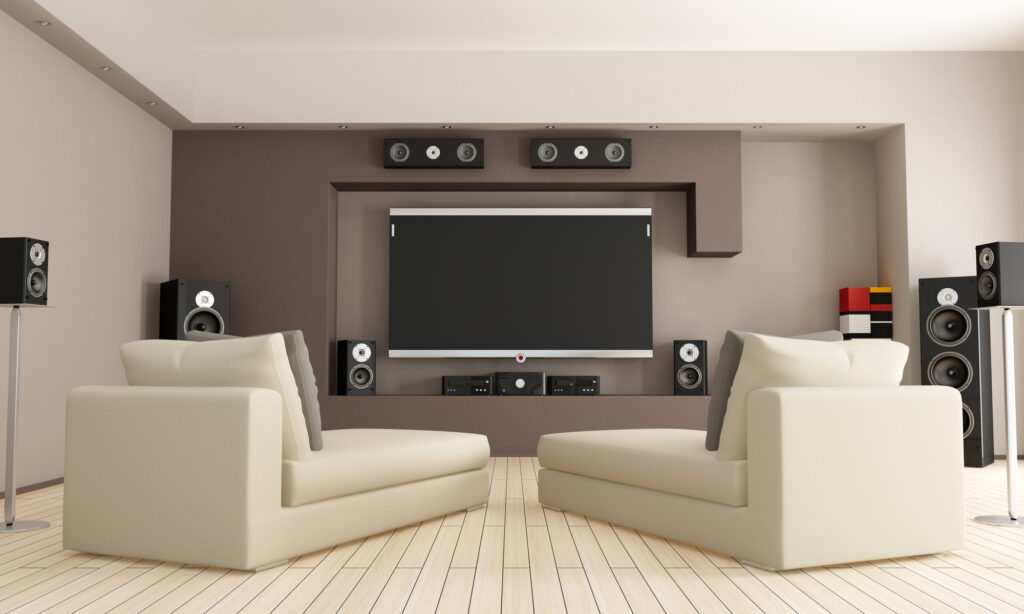
Comfort and Ergonomics
Comfortable seating is essential for long movie nights. Choose seating that is comfortable and supportive. Consider using a recliner or a sectional sofa. Ensure that your seating arrangement allows for optimal viewing angles and sound distribution.
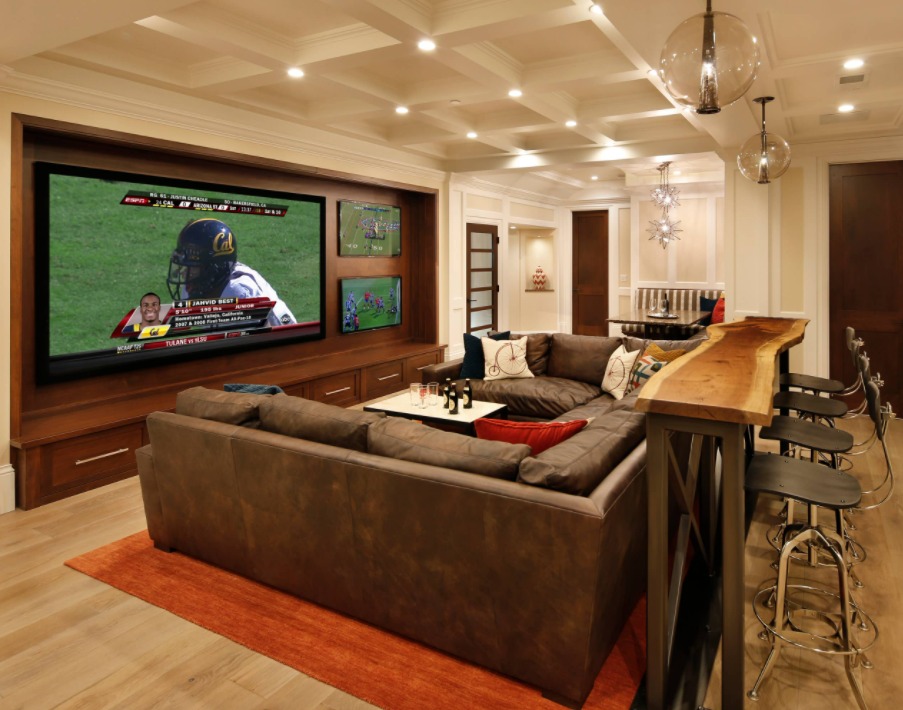
Universal Remote Control
A universal remote control can simplify your home theater experience by allowing you to control all your devices with a single remote. Program the remote to control your TV, receiver, Blu-ray player, and streaming device.
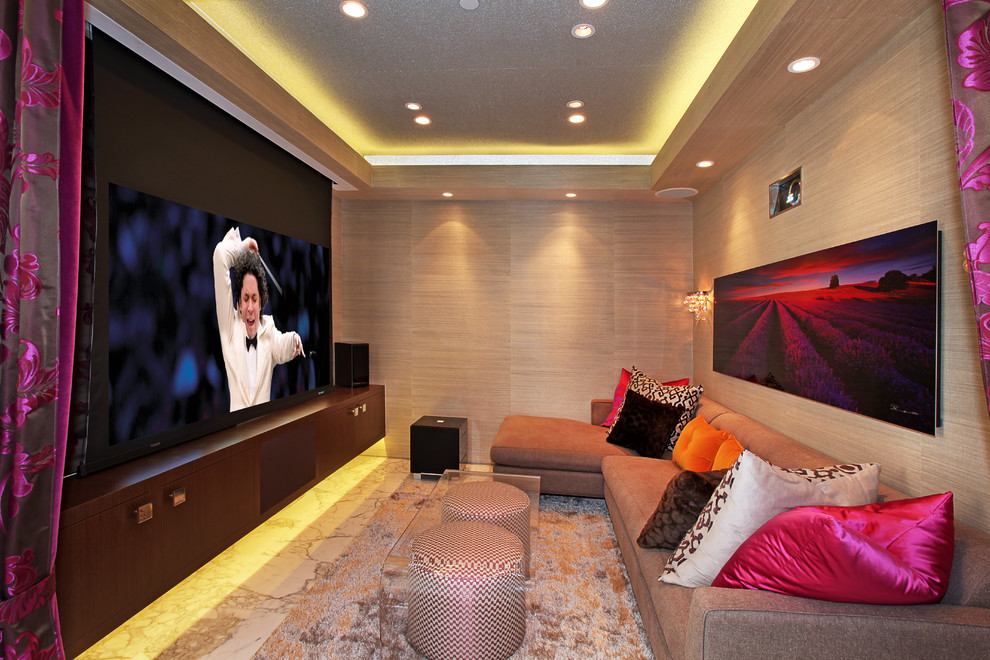
Advanced Tips and Tricks
Ready to take your home theater to the next level? Here are some advanced tips and tricks.
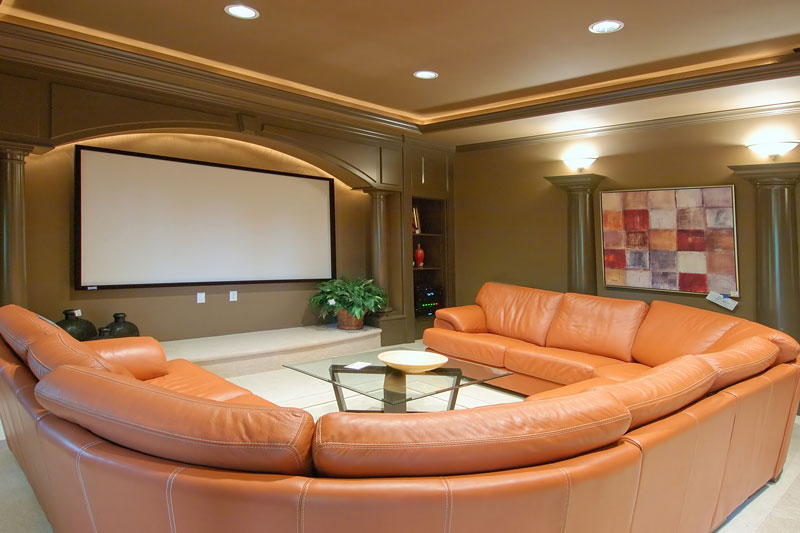
Consider a Dedicated Home Theater Room
If you have the space, consider converting a spare room into a dedicated home theater. This will allow you to completely control the lighting, acoustics, and aesthetics of your viewing environment.
Use a Screen Wall
A screen wall is a wall that is specifically designed to be used as a projection screen. It typically has a smooth, matte finish and is painted a neutral color. A screen wall can provide a larger and more immersive viewing experience than a traditional TV.
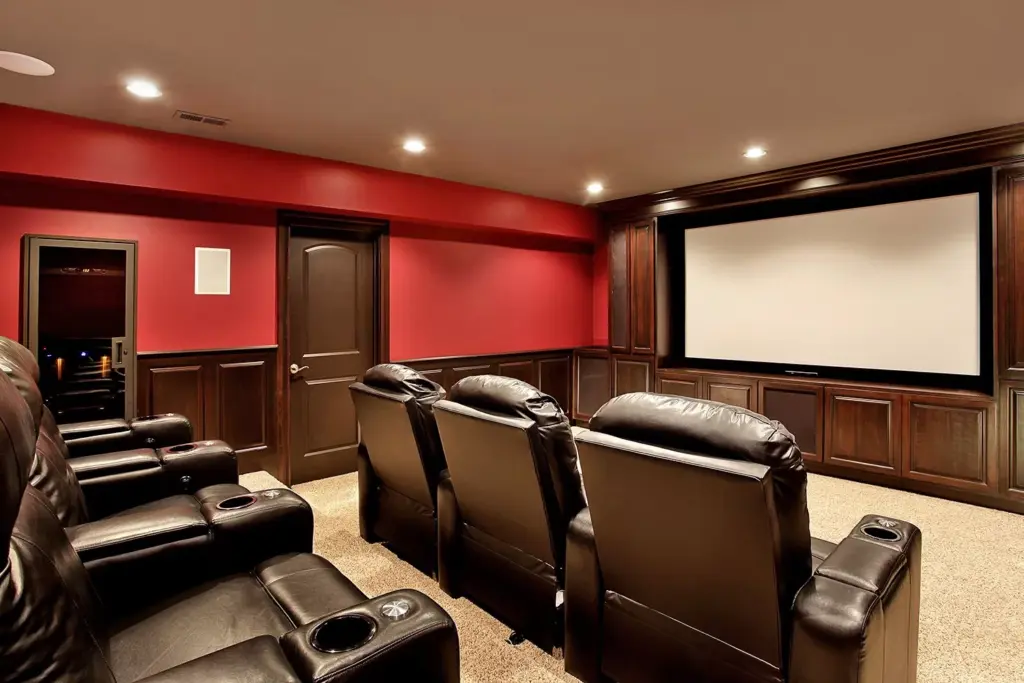
Add Smart Home Integration
Integrate your home theater with your smart home system. Use voice commands to control your TV, receiver, and lighting. Automate the dimming of the lights when you start a movie.
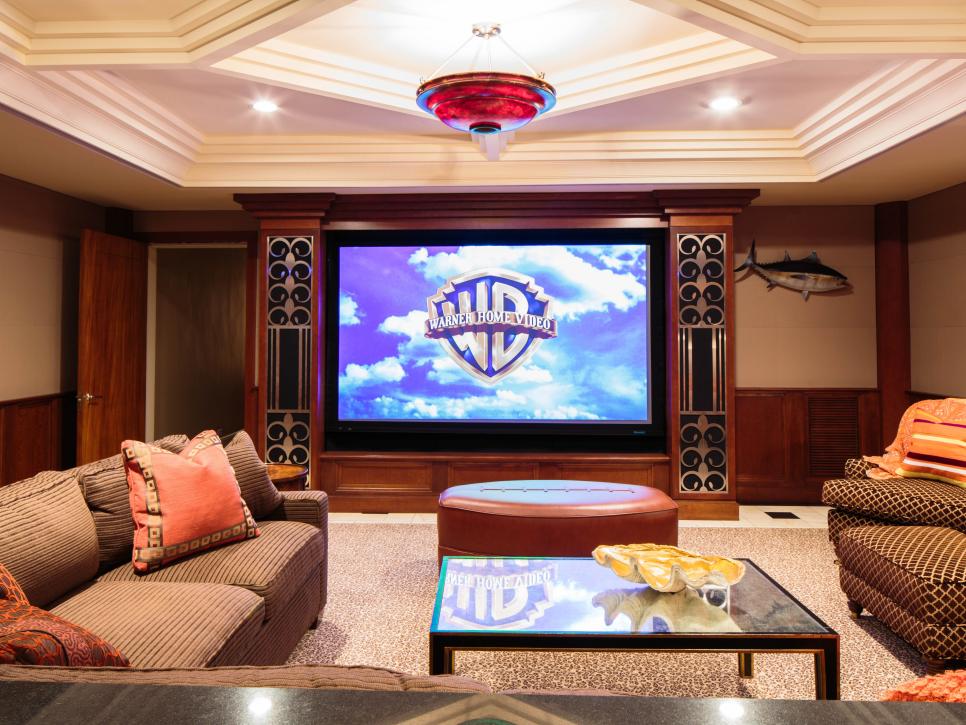
Experiment with Different Audio Settings
Experiment with different audio settings on your receiver to find the sound that you like best. Try different surround sound modes, such as Dolby Atmos and DTS:X. Adjust the speaker levels to optimize the sound for your room.
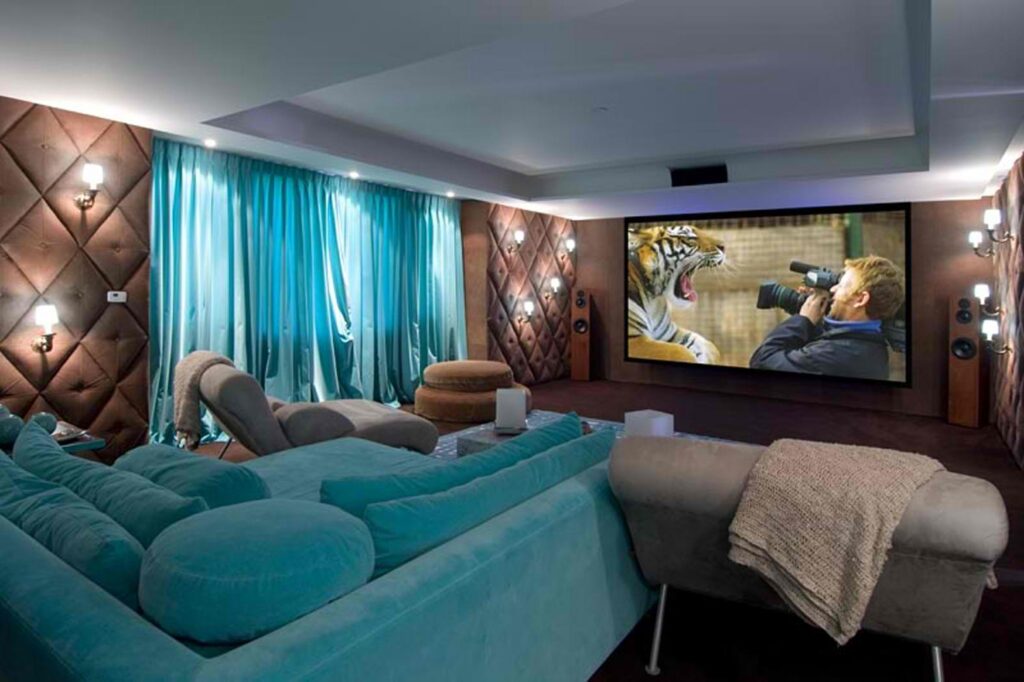
Troubleshooting Common Issues
Even with careful planning and setup, you may encounter some common issues with your home theater. Here are some troubleshooting tips:
No Picture
- Check the HDMI cables. Make sure they are securely connected to both the source device and the display.
- Make sure the source device is turned on and that the correct input is selected on the display.
- Try a different HDMI cable.
- Check the power cord for both devices.
No Sound
- Check the speaker wires. Make sure they are securely connected to both the receiver and the speakers.
- Make sure the receiver is turned on and that the correct input is selected.
- Make sure the volume is turned up on the receiver and the source device.
- Check the mute button.
- Try a different speaker wire.
Poor Picture Quality
- Adjust the picture settings on your display. Try different picture modes, such as movie mode or game mode.
- Make sure the display is set to the correct resolution.
- Clean the screen with a microfiber cloth.
- Check the HDMI cable. Make sure it is a high-quality cable that supports the resolution and refresh rate of your display.
Poor Sound Quality
- Adjust the speaker levels on your receiver.
- Make sure the speakers are properly placed.
- Check the acoustic treatment in your room.
- Try different audio settings on your receiver.
Conclusion: Your Personal Cinema Awaits
Creating a home theater living room setup is an investment in your entertainment and enjoyment. By carefully planning, choosing the right equipment, and optimizing your viewing environment, you can transform your living room into a cinematic oasis. So, grab some popcorn, dim the lights, and prepare to be transported to another world!
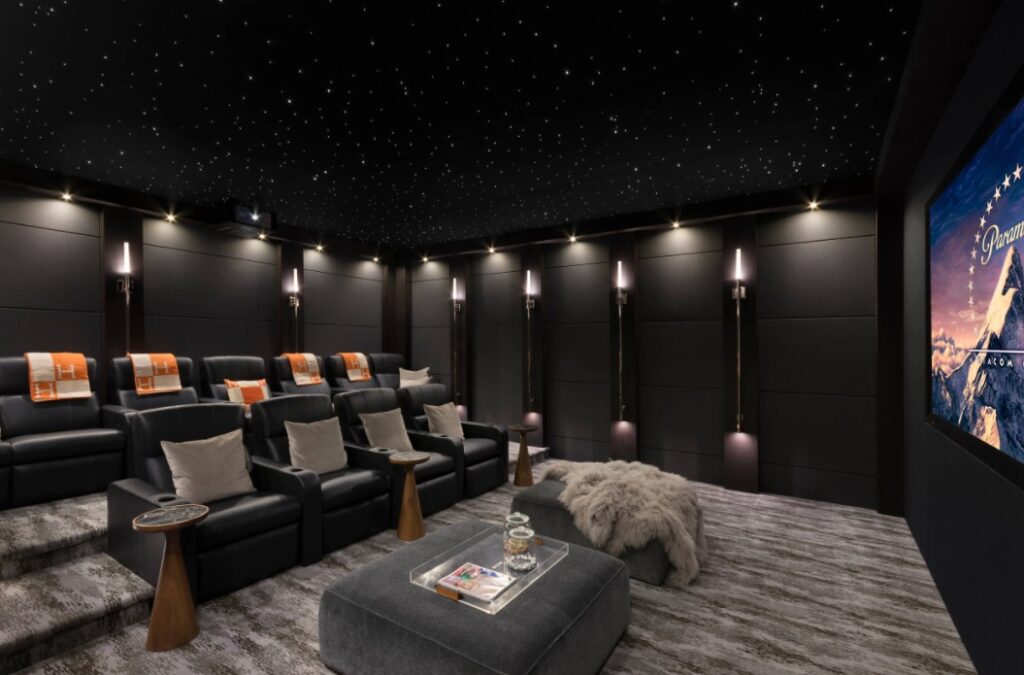
 Nimila
Nimila
